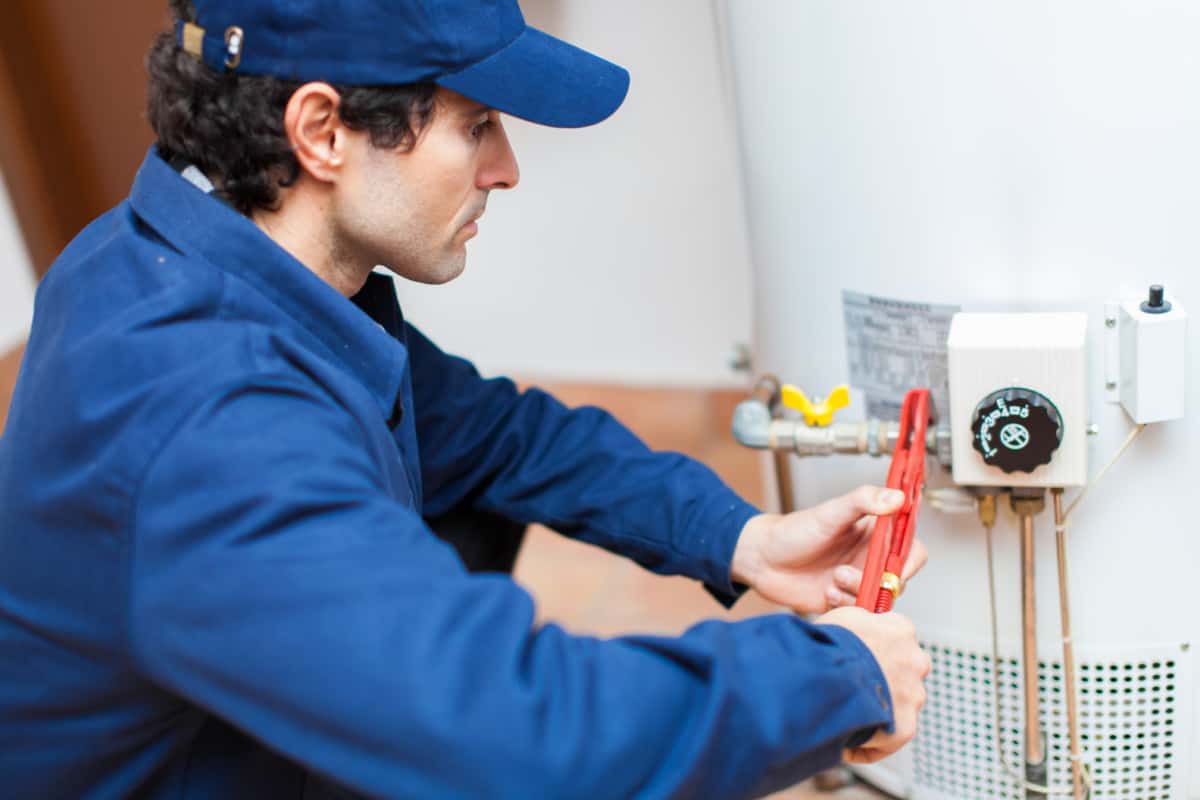Methods to Address the Common Water Heater Emergency Challenges
Methods to Address the Common Water Heater Emergency Challenges
Blog Article
Nearly everybody seems to have their personal opinion about Warning Signs You Need Water Heater Repairs.

A water heater is just one of one of the most vital standard appliances that can be found in a home. With water heaters, you do not require to experience the stress and anxiety of home heating water by hand every single time there is a demand to wash, do the laundry, or the dishes. However, there is constantly an opportunity that your water heater would break down just like most mechanical devices.
It is necessary to note any little malfunction and tackle it swiftly before things leave hand. Many times, your hot water heater starts to malfunction when there is a build-up of debris as a result of continuous use. As a precaution, periodic flushing of your water heater is advised to avoid sediment buildup and also stop practical failing.
Common hot water heater emergency situations as well as how to manage them
Dripping hot water heater tank.
In this scenario, you should turn off your water heating unit, enable it to cool down, and also carefully look for the source of the problem. At times, all you need to do is to tighten a few screws or pipeline links in instances of small leakages. If this does not work as well as the leak persists, you could require to utilize the services of a specialist for a suitable replacement.
Rising and fall water temperature level.
Your water heater could begin creating water of different temperature levels usually ice chilly or hot hot. There may be a requirement to change either the home heating or the thermostat system of your water heating unit.
Too little hot water
It might be that the water heating unit can not sustain the warm water demand for your apartment. You can upgrade your water heater to one with a larger capability.
Blemished or stinky water
When this occurs, you need to know if the issue is from the storage tank or the water source. If there is no amusing smell when you run cool water, then you are particular that it is your water heating unit that is damaged. The smelly water can be created by corrosion or the accumulation of germs or debris in the water heating system storage tank.
Final thought
Some property owners disregard little warning as well as minor faults in their hot water heater unit. This just causes additional damage and a possible complete break down of your appliance. You should handle your hot water heater faults as soon as they come up to stay clear of even more costs and unneeded emergency difficulties.
With water heating units, you do not require to go via the stress of heating water by hand every time there is a requirement to take a bath, do the washing, or the recipes. Your water heating system can start producing water of various temperatures usually ice hot or cold hot. It might be that the water heater can not support the hot water demand for your apartment. If there is no amusing odor when you run cold water, then you are particular that it is your water heating unit that is defective. The smelly water can be caused by rust or the build-up of microorganisms or debris in the water heater storage tank.
Common Water Heater Issues and What You Should Do
What Type of Water Heater Do You Have?
Before we begin it’s first important that you identify the type of water heater you have on your property. There are two main types of water heaters out there: conventional and high efficiency.
Both of these types of products typically use either gas or electricity to heat power. There are also solar water heaters that use a thermal collector on the roof or yard to heat the water.
While these models are not as common, they can cut heating costs in half. In this article, we will focus on conventional and high efficiency.
How Do My Electric and Gas Water Heater Work?
Though they look similar, electric and gas water heaters work very differently. It’s important to know their basic function because often problems can be specific to the heating source.
In the electric model, a thermostat on the side of the machine detects the temperature of the water in the tank. When the temperature needs to rise electricity flows to a heating element suspended in the water.
Gas models also use a thermostat device — typically with a mercury sensor at the tip and an additional sensor called a thermocouple. The thermocouple detects whether the pilot light is on and controls the flow of gas.
When the thermostat drops below the appropriate level gas is released which becomes ignited by the pilot light. The flame heats the bottom of the water tank which causes hot water to rise and cold water to drop.
This natural circulation continues until the water reaches the desired temperature. Then, the thermostat triggers the gas control valve to shut off the flow of gas.
What Are the Most Common Issues and How Do You Fix Them?
https://happyhiller.com/blog/common-water-heater-issues-and-what-you-should-do/

As a fervent person who reads on The Importance of Water Heater Maintenance, I thought sharing that article post was important. So long as you enjoyed reading our article if you please don't forget to share it. Thanks for your time. Come back soon.
Preventative solutions offered. Report this page